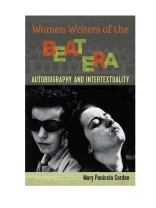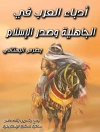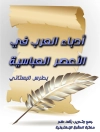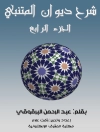The Beat Generation was a group of writers who rejected cultural standards, experimented with drugs, and celebrated sexual liberation. Starting in the 1950s with works such as Jack Kerouac’s On the Road, Allen Ginsberg’s Howl, and William S. Burroughs’s Naked Lunch, the Beat Generation defined an experimental zeitgeist that endures to today. Yet left out of this picture are the Beat women, who produced a large body of writing from the 1950s through the 1970s and beyond.
In Women Writers of the Beat Era, Mary Paniccia Carden gives voice to these female writers and demonstrates how their work redefines our understanding of ‘Beat.’ The first single-authored study on female writers of this generation, the book offers vital analysis of autobiographical works by Diane di Prima, ruth weiss, Hettie Jones, Joanne Kyger, and others, introducing the reader to new voices that interact with and reconfigure the better-known narratives of the male Beat writers. In doing so, Carden demonstrates the significant role women played in this influential and dynamic literary movement.
Inhoudsopgave
Introduction: Writing from Nowhere
1. Intertextual Lives: Reading the Autobiographical Texts of Women Writers of the Beat Era
2. Truthiness: Diane di Prima’s Memoirs of a Beatnik and Recollections of My Life as a Woman
3. Diversification: Bonnie Bremser’s Troia: Mexican Memoirs and Beat Chronicles
4. Consociation: ruth weiss’s DESERT JOURNAL, FOR THESE WOMEN OF THE BEAT, and CAN’T STOP THE BEAT
5. Displacements: Joanne Kyger’s The Japan and India Journals and The Tapestry and the Web
6. Cross-Textuality: Joyce Johnson’s Minor Characters and Door Wide Open
7. Contextuality: Hettie Jones’s How I Became Hettie Jones and Drive
Coda: Rerouting Beat Nowheres
Over de auteur
Mary Paniccia Carden, Chairperson and Professor of English at Edinboro University of Pennsylvania, is the author of Sons and Daughters of Self-Made Men: Improvising Gender, Place, Nation in American Literature and coeditor of Doubled Plots: Romance and History.












